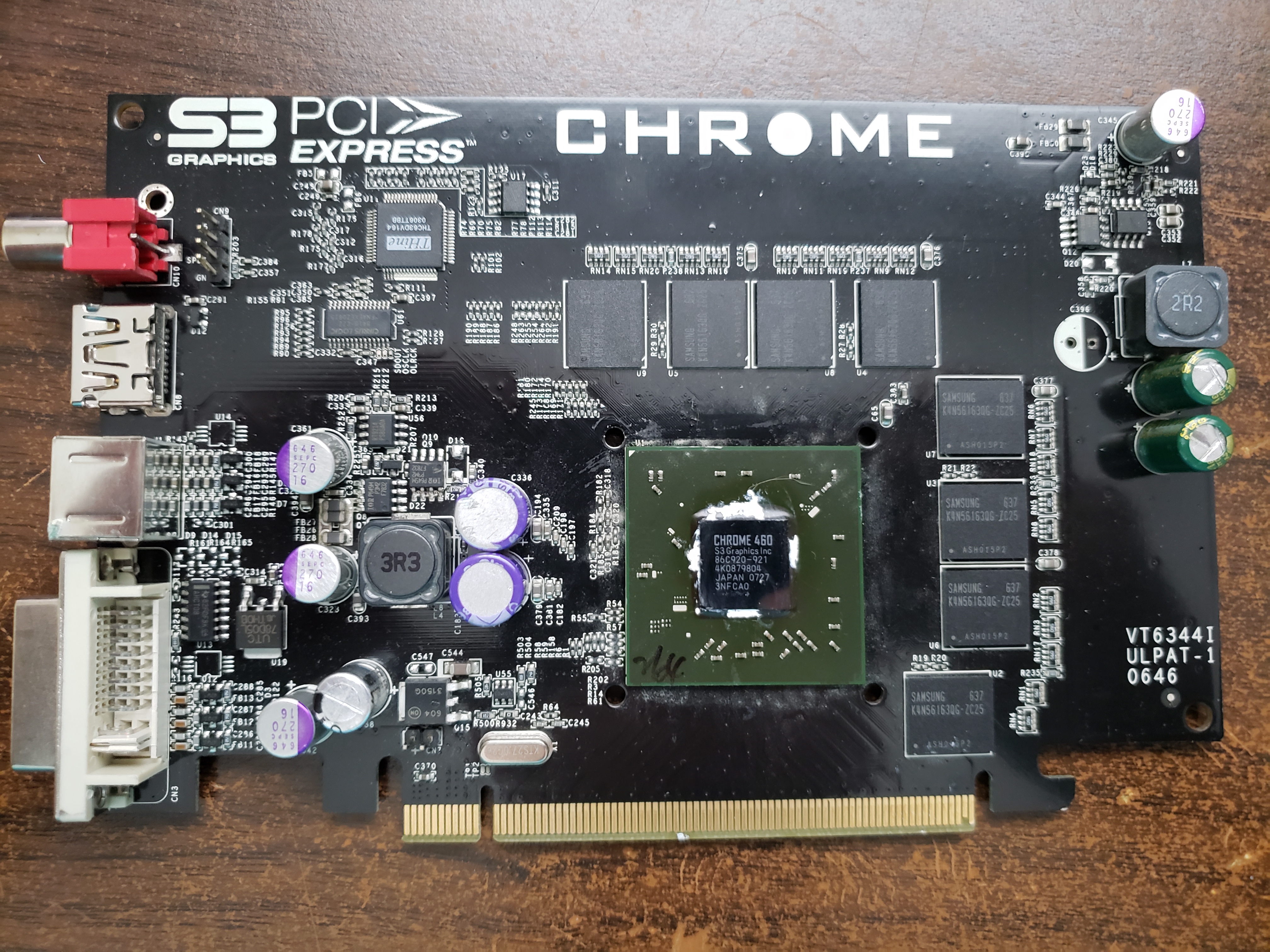Vincent Banh
A student of the University of Utah's Department of Electrical and Computer Engineering.
As of Spring 2024, I am in my junior year for a Computer Engineering BS. This site is built by me from scratch using my Fractures pitch as a template (and because I really like the CSS that I made for the site).
Here, you can find my portfolio information, past and current projects, information on my education and experience, and any social media links I may have.
About Me
I first took interest in computer engineering in middle school, roughly around 7th grade. It was initially a fascination with taking apart the old 166MHz Pentium system that I'd grown up using before I'd gotten my first laptop; I had for whatever reason decided at the time that I needed to connect the system to the internet, and to furthermore load a modern website using the system without relying on some other "host" system to remotely connect to. This began a years-long line of experimentation where I found myself constantly testing and replacing components ranging from the CPU to the graphics card to even experimenting with uncommon adapters to take advantage of add-in boards decades newer than the rest of the system.
I have long-since completed that initial goal of loading "modern" websites on a system half a decade older than I am. Following that came the attempt to play video at both an acceptable framerate and resolution on the same system, which led me into the realm of overclocking vintage CPUs and picking between chips for both speed and instruction set compatibility. Along the way, I also learned a small amount about video encoding methodologies, which led to the conclusion that an MPEG-encoded video would be suitable for my purposes given the built-in MPEG decoding capabilities of the graphics card that was installed.
This is where my current hobby builds from. Since 2020, I have found enjoyment in diving into the world of obscure and obsolete graphics cards, their associated APIs, and whether or not I am able to force them to play Minecraft. I believe I may be the first person to have ever run Minecraft with hardware-accelerated OpenGL on an S3 ViRGE/DX graphics processor, and my pursuit has since grown to include the idea of attempting to write an open-source Windows graphics driver for the Alliance AT3D, a much-maligned "worst graphics card to ever exist". I do not have very much programming experience, but given time and the proper resources I am certainly willing to learn.
Why I am a CE major
Alongside my hobby of "can it run Minecraft", I've also developed a love for documenting, archiving, and tinkering with hardware in general, and it's from this that I decided to pursue a degree in Computer Engineering.
One of my biggest interests is collecting, testing, and documenting old and obscure hardware. Especially hardware that comes from companies that either have ceased to exist or are otherwise almost never heard from. S3 Graphics, Alliance Semiconductor, and the many, many drive manufacturers that ceased to exist after the nineties are a few examples.
 This is the S3 Chrome 460. It is, or at least was, a mid-range graphics card intended to be released by S3 Graphics to compete against the likes of Nvidia's Geforce 8500GT. It was part of the first generation of graphics chips produced by S3 Graphics to utilize a unified shader architecture, and even featured compute capability similar to Nvidia's CUDA technology. However, for a still-unclear reason, S3 would cancel the release of the Chrome 460 and its downbinned from, the 450, not long before release.
This is the S3 Chrome 460. It is, or at least was, a mid-range graphics card intended to be released by S3 Graphics to compete against the likes of Nvidia's Geforce 8500GT. It was part of the first generation of graphics chips produced by S3 Graphics to utilize a unified shader architecture, and even featured compute capability similar to Nvidia's CUDA technology. However, for a still-unclear reason, S3 would cancel the release of the Chrome 460 and its downbinned from, the 450, not long before release.
This is my card. It is one of only three known engineering sample (ES for short) cards to exist for the Chrome 460. Unfortunately, it does not work anymore. Physical damage that it received prior to my acquirement of the card combined with a lackluster cooling solution seem to have caused some kind of physical damage to either the card itself or the graphics die. So far, even after acquiring a number of additional ES dies and attempting to swap the chips out, the card remaind nonfunctional and behaves like a short circuit when the die is present. This behavior occurs across every die tested thus far, which has led me to suspect that either there is some inherently faulty design in the card, or somehow, in some way, every single die I own is broken.
I'm unsure if this may ever happen, but I hope to someday fix this card, whether it be on my own or ideally with the assistance of any former S3 Graphics engineers familiar with the project. This is a very interesting piece of history that could potentially show what could've been had S3 Graphics not been sold by VIA Technologies to HTC in 2011. It is this drive to document the technologies that we've developed along the way, and figuring out just how they work, that continues to push me forward in pursuing this passion I have for technology both new and old.